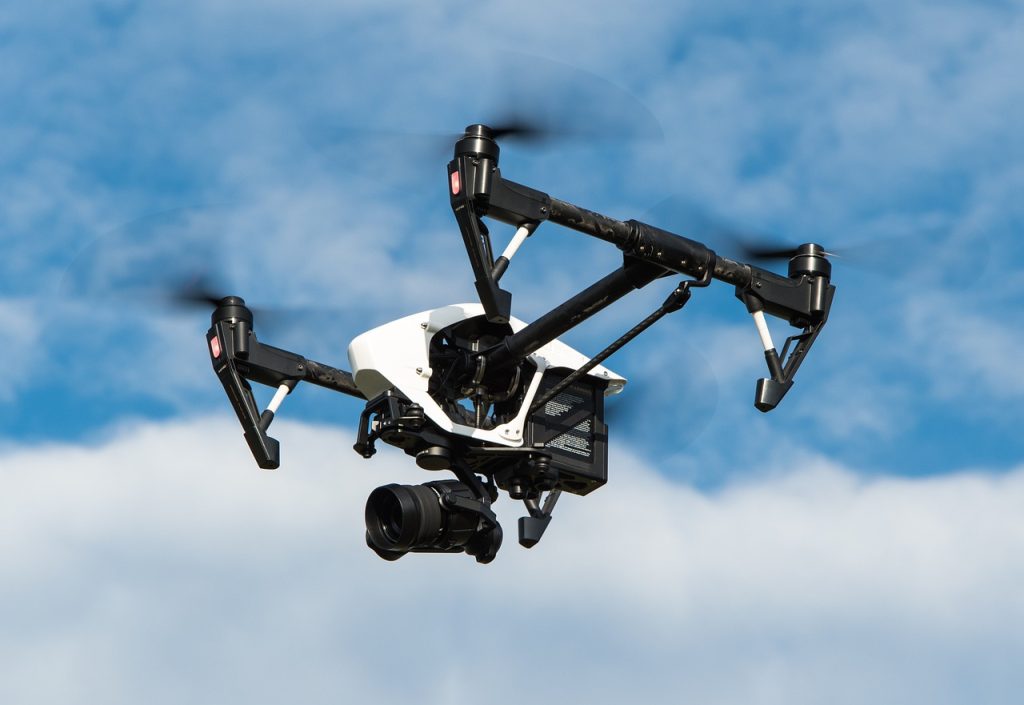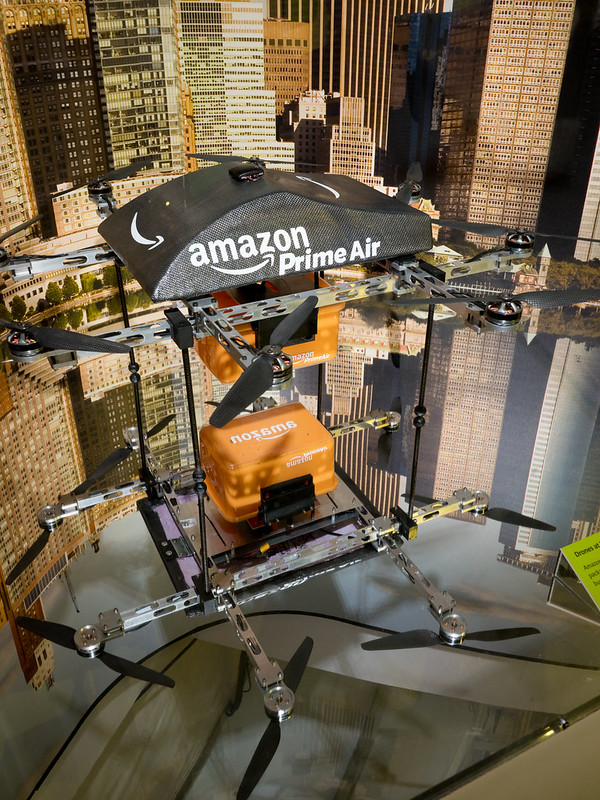
Drones for Climate Justice
Drones are continuing to make headlines across the globe. This is because they’re agile in nature, giving them access to restricted areas. The consequences of this can be negative. They’re used for weapons and surveillance operations in wartime. They’re also frequently in the news because they get banned from festivals and large state events alike. But, drones for climate justice can help to heal our world.
Previously, we published an article on how drones are used to study wildlife. In this article, we detail how they’ve discovered new penguin colonies and tracked sharks in Australia.
There are so many benefits to drone usage. For this year’s Open Access Week, which has climate justice as a theme, we’re taking a look at how drones for climate justice can benefit the natural world.
Types of Drones
So, what drones are on the market, and how are these used for climate action?
There is a general rule when it comes to drone size. A simple hobbyist drone will typically be no larger than a loaf of bread, while a military drone can be the size of a Boeing airplane. Drones for climate justice, meanwhile, can vary dramatically in size, depending on what they’re used for, as we’ll see.
They also vary in their mechanical makeup, often having different rotor setups. A rotor blade is what you see spinning around when the drone is up in the air. In the following, we present the top five types of drones by rotor.
Single-rotor drones
First up, we have single-rotor drones. They only have one rotor and typically look like miniature helicopters. They can carry heavy weights, making them the ideal choice in certain commercial fields, such as in construction.
Multi-rotor drones
Multi-rotor drones are the most common on the market. They typically have between two and eight rotors. They’re a lot more agile than single-rotor. It’s like the difference between having one wheel and four. A unicycle might not allow you to be precise in your movements. Meanwhile, you can maneuver a car much more easily into small spaces.

This type of drone is very cheap and easy to operate. It’s typically only up in the air for a short while, and many include cameras for keen videographers to record footage.
Fixed-wing drones
Like mini-airplanes, these drones don’t require energy to stay in the air. They use static wings to maintain their position for hours at a time. They do, however, require charging to move forwards. Users also need extensive training to operate one of these more hi-tech drones. This is because you need to launch them using specialist equipment.
Fixed-wing hybrid vertical take-off and landing
By combining the features of rotor and fixed-wing drones, drone enthusiasts came up with this new invention. It has airplane wings just like traditional fixed-wing drones, but doesn’t require the same complicated launching. It takes off much a like rotor drone.
Underwater remotely operated vehicles
Also known as underwater robots, they work exclusively underwater to both study marine life and repair vehicles. Experts also use them in preservation and restorative work. Historians are still using them to investigate the remains of the Titanic.
Drones for Climate Justice
Drones for climate justice are boosting environmental action in ways that you may not have thought about. This includes collecting data, as well as being used to take physical action to change our environment.
Transportation of goods
Our world is being destroyed by carbon emissions, adding to environmental destruction. A large amount of these emissions are from products being transported across the globe, via car, boat, and airplane. Drones for climate justice could do this work instead. This presents a new way to decrease these emissions, as they are considerably more green.

Amazon’s Prime Air service is currently in development. The company is among several investing large amounts of money in drone delivery projects. FedEx and UPS also have their own services.
Green acts
Drones for climate justice can also carry out meaningful green acts. Examples include spreading seeds and pollinating flowers.
Protests
Organizations like Greenpeace use them to protest climate issues. Greenpeace used 300 drones to highlight the climate crisis at the G7 Climate Summit 2021. They created a showstopping display, attracting attention and spreading the word about the state of the environment.
Drones for climate research
Drones for climate research help by allowing researchers a quiet, front-seat view into what’s going on in remote areas. They can collect recordings and data strategically and discreetly.
Collecting this information and publishing it makes it available to climate actors who can make a difference.
The Cost of Drones
The cost of a drone can vary depending on its size and type. While recreational users can find toy drones for sale online for as little as USD 20, a drone with a sophisticated camera can cost upwards of USD 150.
How much do drones for climate justice cost?
The uses of drones for climate justice are so broad, ranging from pollinating flowers to conducting climate research. This means that the prices vary significantly.
How much do drones that monitor wildlife cost?
Drones used for monitoring wildlife are significantly more expensive. They need to be more precise, both in agility and camera quality. They usually contain technology specific to mapping and monitoring, and can therefore cost thousands.
However, despite the large upfront cost, the benefits are phenomenal. They can contribute to the protection of the planet in ways that other technology can’t.
How Do We Ensure Drones for Climate Justice Have the Biggest Impact Possible?
Research conducted using drones needs to be made public knowledge. It’s only with greater awareness of our climate that we can improve it.
This is why open access is so powerful when it comes to the Earth. Having climate data and research ideas free for anyone to read means that research can have a real impact. This impact extends to law-making, political action, and corporate changes.
Having a greater amount of information out there about the climate also leads to better-informed future research. It’s worth bearing in mind that not all researchers can afford to review research papers trapped behind a paywall. Making research free to read means that researchers have access to more sources of inspiration and data to use in their own studies. This only serves to improve the research pool and get more climate data out there.
How Drones is improving climate knowledge
With clarity on how they can improve drones for climate research and more, MDPI’s Drones is leading the way as the only drone-specific research journal.
By having a journal dedicated only to drones, we can give researchers better, more defined access to the manuscripts that matter to them. In 2021, the journal received its first Impact Factor of 5.532, showing its ability to make waves not only in science, policy, and technology but also in the wider context of both drones for climate change and academia.
Submit your work to Drones by visiting the webpage and clicking the Submit button in the top left-hand corner.










